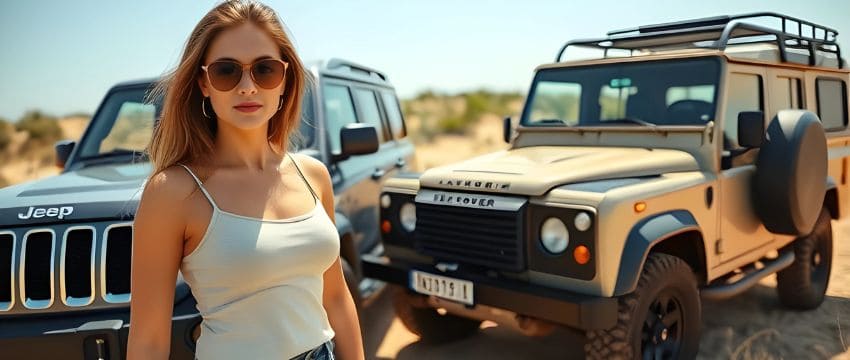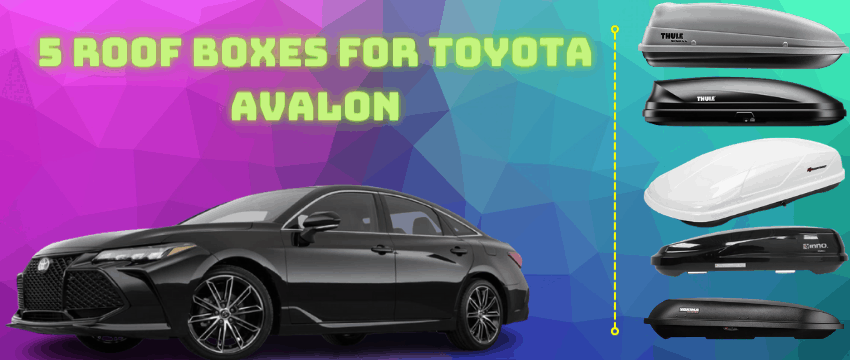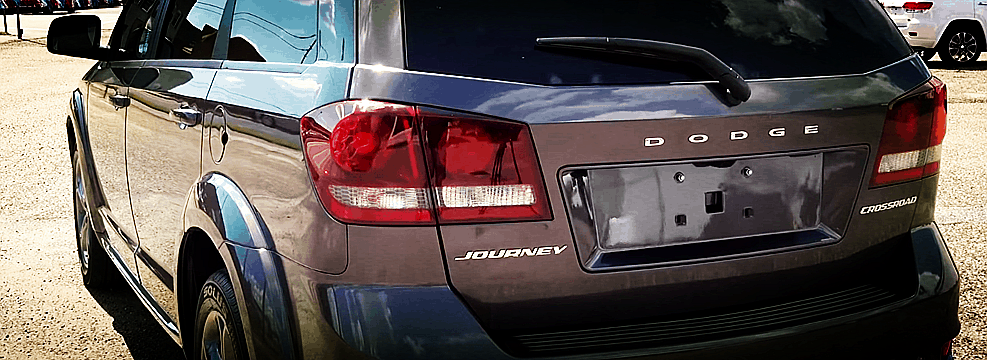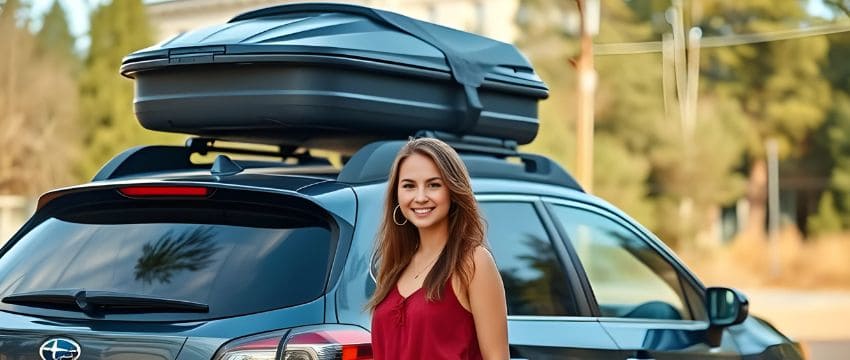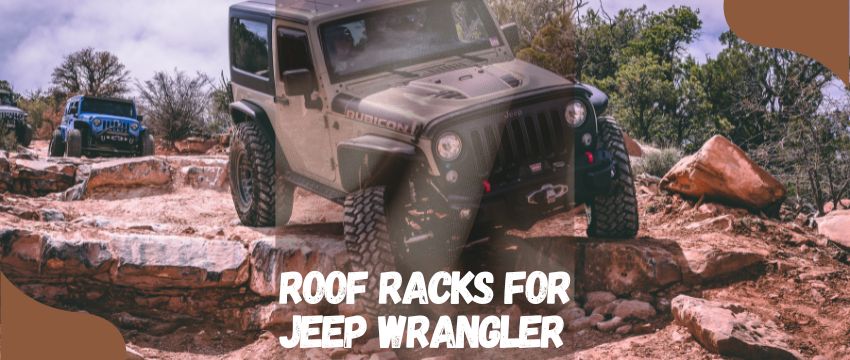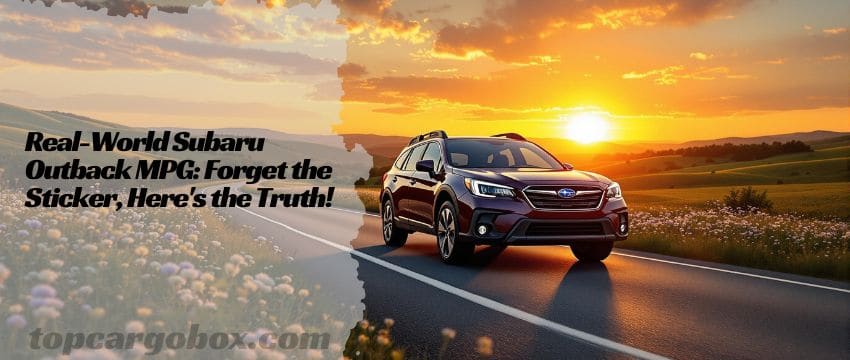When planning a camping adventure that involves hauling a trailer, fifth-wheel, or off-grid camper, choosing the right vehicle isn’t just about horsepower or rugged looks—it’s about trust. Will your SUV handle steep mountain passes with a 6,000-pound camper in tow? Can it stop safely on wet roads when the trailer starts swaying? Two vehicles dominate this conversation: the Jeep Grand Cherokee and the Land Rover Defender. Both are icons of capability, but they approach towing with distinct engineering philosophies. In this head-to-head comparison, we’ll dissect their towing capacities, real-world performance, and hidden quirks to determine which one deserves a spot in your camper-towing arsenal.
Towing Basics: What Campers Need to Know
Before diving into specs, let’s clarify what “towing capacity” really means. A vehicle’s maximum towing rating is the heaviest trailer it can pull under ideal conditions, including proper weight distribution, a compatible hitch, and ideal weather. However, real-world towing involves variables like elevation changes, crosswinds, and road surfaces. For campers, payload capacity (the weight of passengers, gear, and cargo inside the SUV) is equally critical. Exceeding your vehicle’s limits risks mechanical failure, unstable handling, or even accidents.
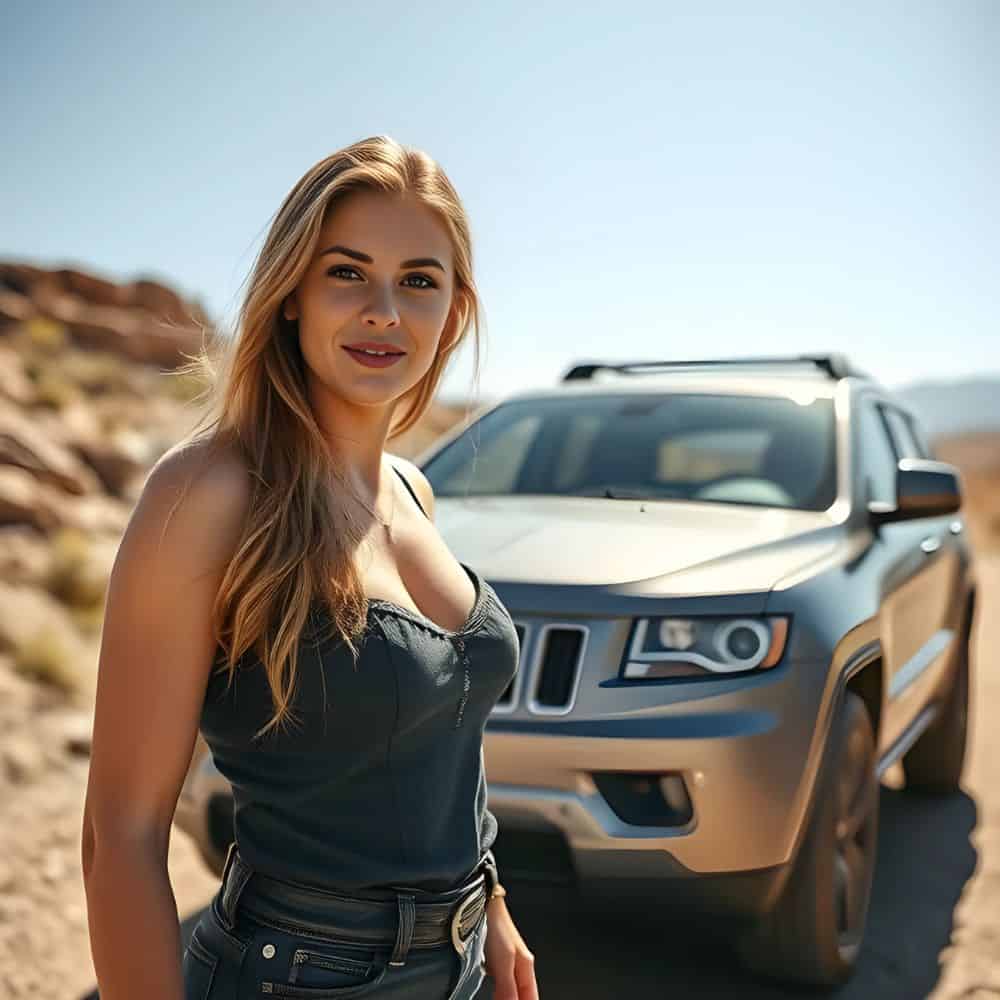
The Jeep Grand Cherokee and Land Rover Defender both offer robust towing features, but their designs cater to different audiences. The Grand Cherokee leans on its truck-derived platform and decades of refinement, while the Defender combines British luxury with off-road pedigree. Let’s break down their strengths and weaknesses.
Engine Options and Towing Specs Compared
Jeep Grand Cherokee: Power Under the Hood
The Grand Cherokee’s towing capacity varies wildly based on the engine and configuration:
- 3.6L V6 Pentastar: 6,200 lbs (standard on Laredo and Limited trims).
- 5.7L HEMI V8: 7,200 lbs (available on Trailhawk, Overland, and Summit).
- 6.4L SRT Hellcat V8: 7,200 lbs (high-performance SRT models).
- 3.0L EcoDiesel V6: 6,200 lbs (ideal for long-haul fuel efficiency).
Jeep equips all models with a Class IV hitch, trailer sway control, and an integrated 7- or 4-pin wiring harness. The available Quadra-Lift air suspension automatically levels the vehicle when hitched, improving stability.

Land Rover Defender: British Muscle Meets Tech
The Defender’s towing capacity is more uniform but still impressive:
- 2.0L Turbocharged I4 (P300): 8,201 lbs (base engine, surprising for a 4-cylinder).
- 3.0L Turbocharged I6 + Mild Hybrid (P400): 8,201 lbs (adds electric assist for smoother starts).
- 5.0L Supercharged V8 (Defender V8): 8,201 lbs (for speed enthusiasts).
Land Rover includes a standard tow hitch receiver, Advanced Tow Assist (automated trailer reversing), and Tow Hitch Assist (uses cameras to align the hitch ball). The Electronic Air Suspension adjusts ride height based on load.
Key Takeaway: The Defender’s base engine out-tows the Grand Cherokee’s V6, but Jeep’s V8 options provide raw power for heavy campers.
Real-World Towing Performance: Beyond the Numbers
Jeep Grand Cherokee: The American Workhorse
The Grand Cherokee’s body-on-frame roots (shared with the Ram 1500) give it a natural edge in towing stability. The V8 HEMI engine delivers relentless torque (410 lb-ft), making it effortless to merge onto highways or climb grades. However, the V6 models can feel strained with trailers over 5,000 lbs, especially at high altitudes. Owners report:
- Pro: Predictable handling even in crosswinds, thanks to a long wheelbase.
- Con: Fuel economy tanks to 12–15 MPG when towing near max capacity.
The Quadra-Drive II 4×4 system (with a rear limited-slip differential) ensures traction on slippery boat ramps or dirt roads.

Land Rover Defender: Tech-Savvy but Temperamental
The Defender’s unibody construction and aluminum-intensive chassis prioritize agility over brute strength. Its Ingenium engines use turbocharging and hybrid tech to maximize efficiency, but the 4-cylinder’s 8,201-lb rating feels optimistic. In testing, the P300 struggled with abrupt downshifts on steep inclines, while the V8 model ($100,000+) is overkill for most campers. Notable observations:
- Pro: Advanced Tow Assist is a game-changer for backing up trailers solo.
- Con: The short wheelbase (compared to the Grand Cherokee) can induce sway with tall campers.
The Defender’s Terrain Response 2 system adapts to off-road conditions, but it’s less relevant for paved-road towing.
Payload Capacity: Don’t Overlook This Silent Killer
Towing capacity means little if your SUV can’t handle the combined weight of passengers, gear, and the trailer’s tongue weight. Here’s how they stack up:
- Jeep Grand Cherokee: 1,200–1,500 lbs payload (varies by trim).
- Land Rover Defender: 1,400–1,800 lbs payload (higher due to aluminum construction).
A typical travel trailer’s tongue weight is 10–15% of its total weight. For a 6,000-lb trailer, that’s 600–900 lbs—leaving little room for passengers or cargo in the Grand Cherokee. The Defender’s higher payload allows more flexibility, but both require careful packing.
Towing Features and Aftermarket Upgrades
Jeep Grand Cherokee: Plug-and-Play Practicality
- Integrated Brake Controller: Available on higher trims, this syncs the trailer’s brakes with the SUV’s for smoother stops.
- Tow/Haul Mode: Adjusts transmission shift points to reduce gear hunting.
- Aftermarket Support: Jeep’s vast aftermarket offers heavy-duty radiators, auxiliary transmission coolers, and reinforced hitches.
Land Rover Defender: Futuristic but Fragile
- 360-Degree Camera System: Helps navigate tight campsites.
- Tow Hitch Assist: Guides hitching via the infotainment screen.
- Weak Spot: The Defender’s complex electronics can be finicky. One owner reported the trailer lights malfunctioning after a software update.
Case Study: Towing Popular Campers
Let’s examine how each SUV handles real-world trailers:
- Airstream Basecamp 20X (4,400 lbs)
- Grand Cherokee (V6): Adequate for flat terrain but struggles in mountains.
- Defender (P300): Handles confidently but requires frequent fuel stops.
- Jayco Jay Flight SLX 264BH (6,200 lbs)
- Grand Cherokee (V8): Effortless towing; air suspension keeps the ride smooth.
- Defender (P400): Manages weight but feels “twitchy” at highway speeds.
Cost of Ownership: More Than Just Sticker Price
- Jeep Grand Cherokee: Lower starting price ($39,000 vs. Defender’s $55,000), but V8 models guzzle fuel. Extended warranties are recommended for the air suspension.
- Land Rover Defender: Higher maintenance costs (oil changes start at $250) and pricier repairs. Resale value lags behind Jeep.
Verdict: Which SUV Should You Choose?
- For Heavy-Duty Campers: Jeep Grand Cherokee V8 – Unmatched power and stability.
- For Tech-Driven Adventurers: Land Rover Defender P400 – Cutting-edge features and higher payload.
Both SUVs excel, but your choice hinges on priorities: raw capability vs. modern luxury. Whichever you pick, always cross-check your camper’s weight and invest in a quality weight distribution hitch.
Our team is creating outdoor-gear relevant articles with passion. If our articles can help you to find the correct solutions for your questions, we will be happy about that. In the content creation process, we usually collect accurate and useful information online or offline to compile our content in an organized way. Consequently, we can guarantee that you can discover some expected answers to your questions. We appreciate your time on our site.

